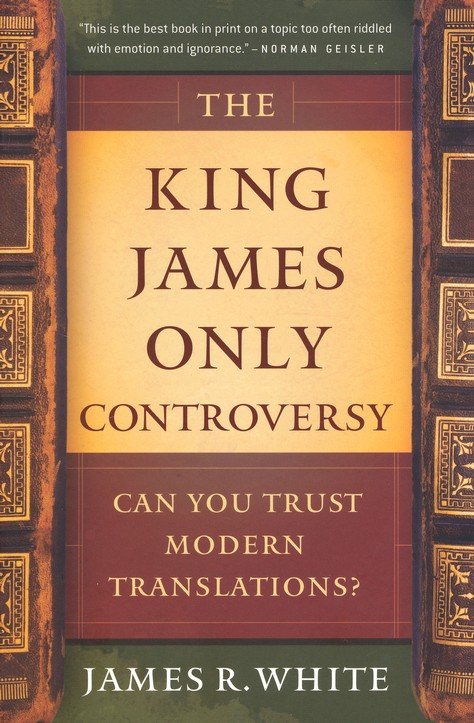The existence of many English translations of the Bible can be traced to several factors.
First, language itself is constantly evolving. The English of the 17th century, when the King James Version (KJV) was published, differs significantly from modern English. For example; in the KJV, Isaiah 14:23 says, “I will also make it a possession for the bittern, and pools of water: and I will sweep it with the besom of destruction, saith the LORD of hosts.” When that was written, the common man had no problem understanding what a besom and a bittern was. Today on the other hand, those words are not understandable. If you read this verse in the NKJV, it will be immediately understandable. New translations attempt to render the ancient texts in language that is both accurate and understandable to modern readers.
Second, the discovery of ancient manuscripts has provided scholars with a wealth of new information. Earlier translations like the KJV were based on a limited number of manuscripts. Modern translations benefit from access to a broader and older range of manuscripts, which allows for more accurate translations.
Third, different translation philosophies guide the work of translation committees. Some translations, like the New American Standard Bible (NASB), aim for a word-for-word approach, striving to stay as close to the original languages as possible. Others, like the New International Version (NIV), prioritize thought-for-thought translation, focusing on conveying the intended meaning in a way that is easy to read.
It is true that the Bible translation industry is not immune to commercial pressures, and in some cases, financial motivations have influenced the publication of new versions. However, this does not negate the fact that many translation committees are composed of dedicated scholars who take their work very seriously. These scholars often come from a variety of scholarly backgrounds, and their goal is to faithfully translate the Scriptures, balancing accuracy with readability.
The KJV-only movement, which argues that the King James Version is the only valid English translation, can be seen as a reactionary stance. While the KJV is a beautiful and historically significant translation, the movement often overlooks the complexities of textual criticism and the history of biblical transmission. The KJV was itself a revision of earlier English translations and was based on the best available manuscripts at the time. However, since then, many more manuscripts have been discovered, offering a clearer picture of the original texts. Modern translations take this broader manuscript evidence into account, leading to revisions that, while different from the KJV in minor areas, are often more accurate representations of the original text.
In summary, the variety of English Bible translations reflects the ongoing effort to make the Word of God accessible and understandable to all, in a language that speaks to the heart and mind. While the presence of some bad translations cannot be denied, the dedication and scholarly rigor behind many of these translations should not be dismissed. They represent a continued commitment to faithfully conveying the truth of Scripture to every generation.
To learn more about this important topic, here are some resources you can check out.



